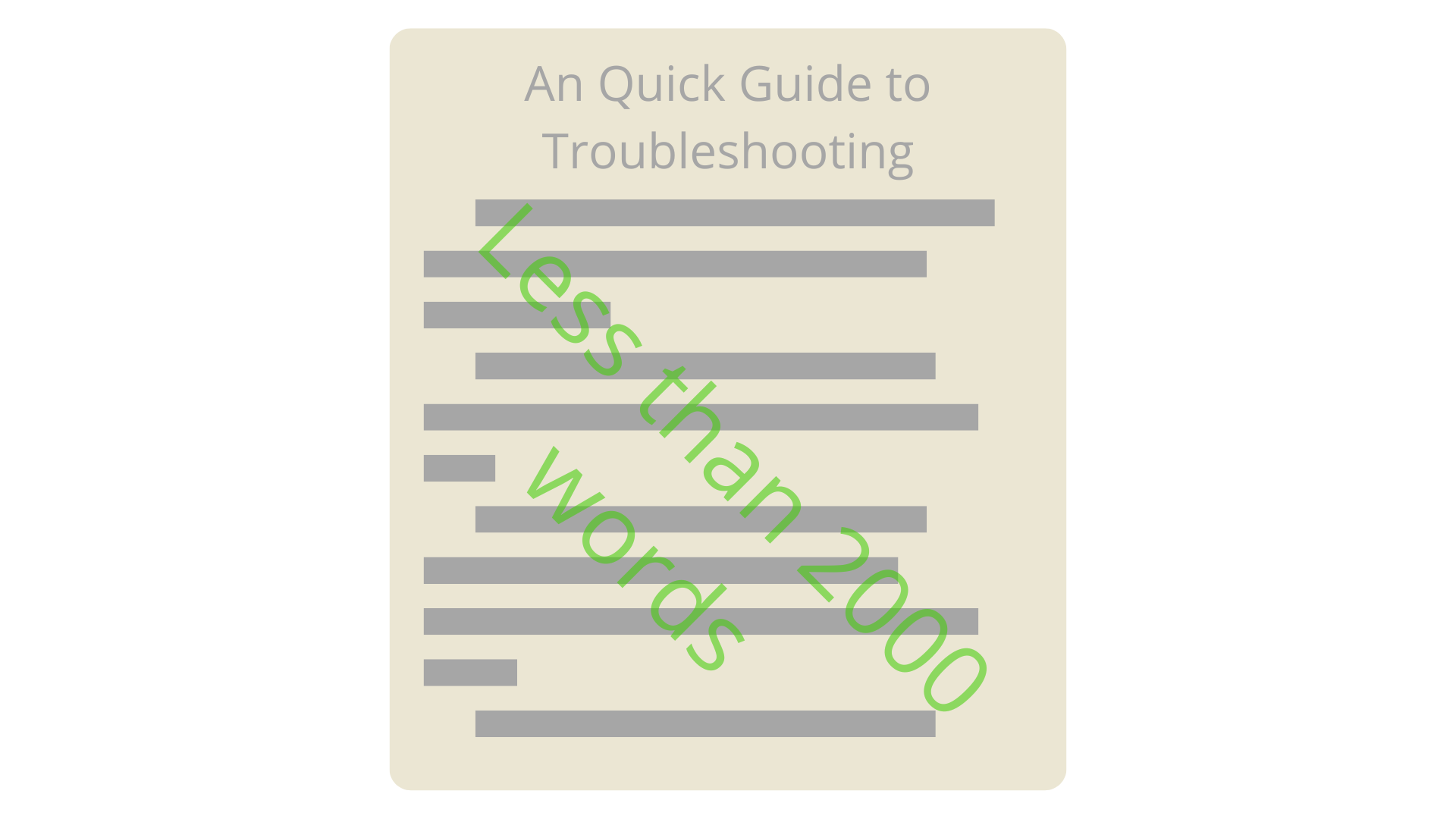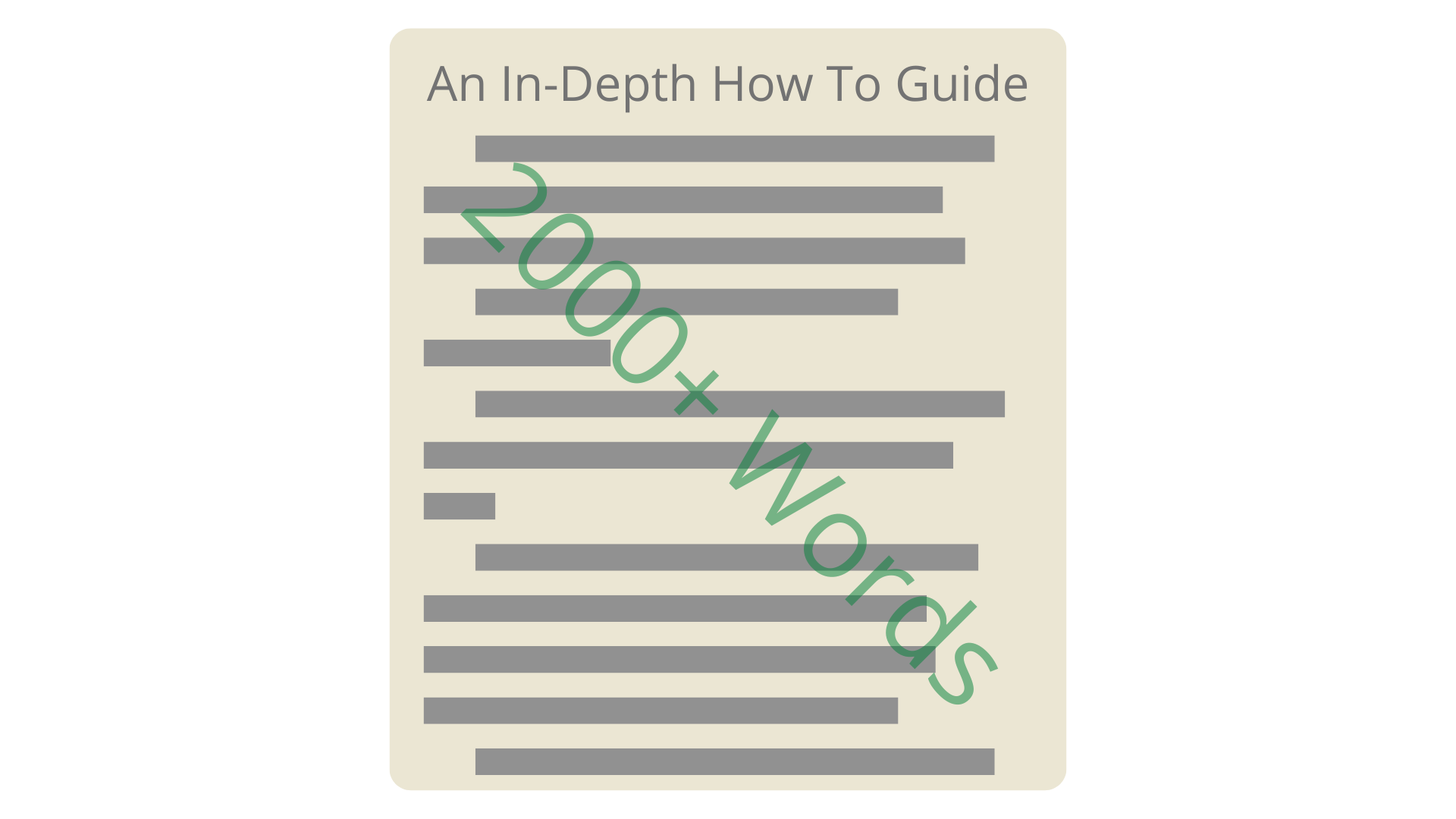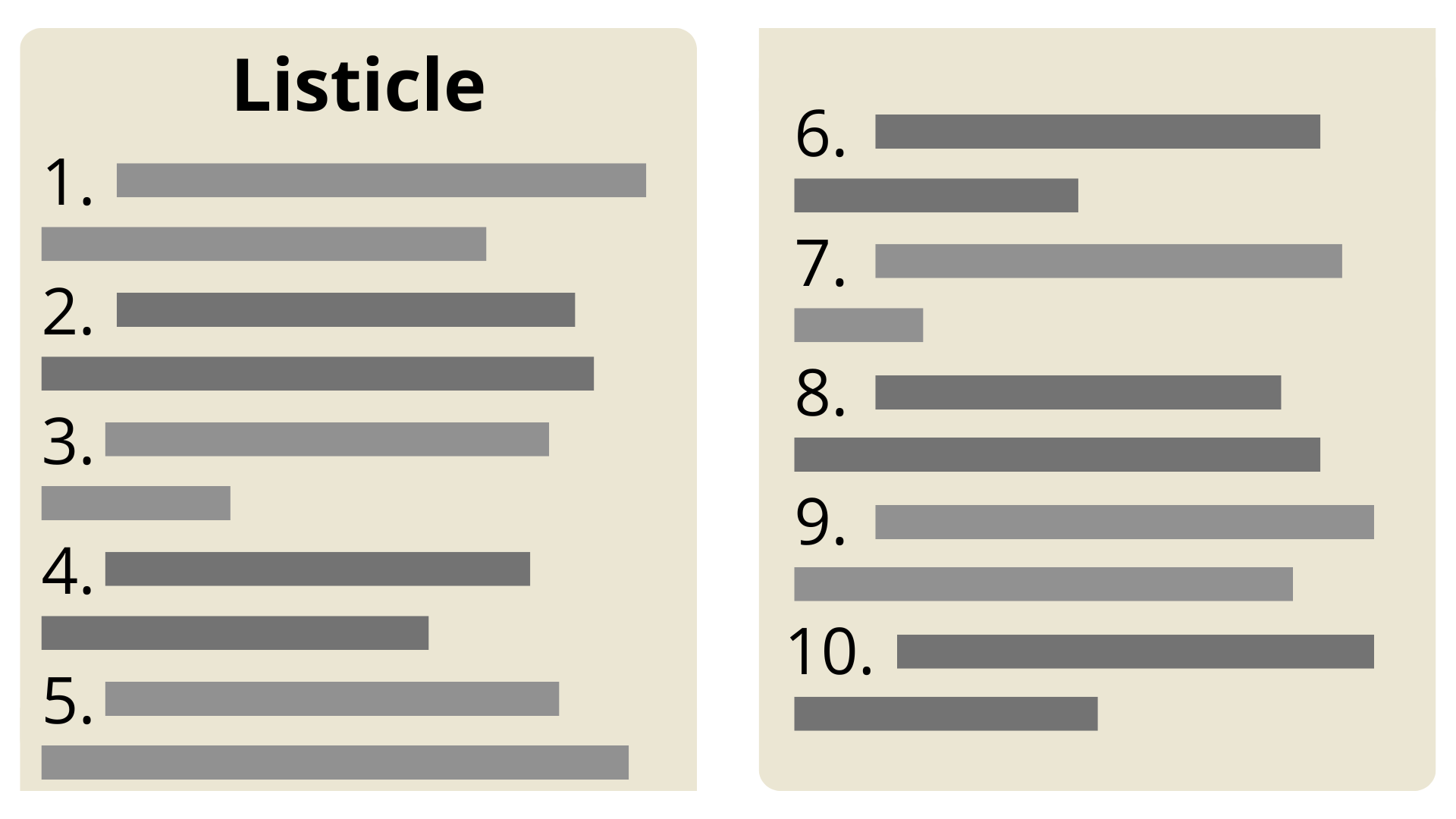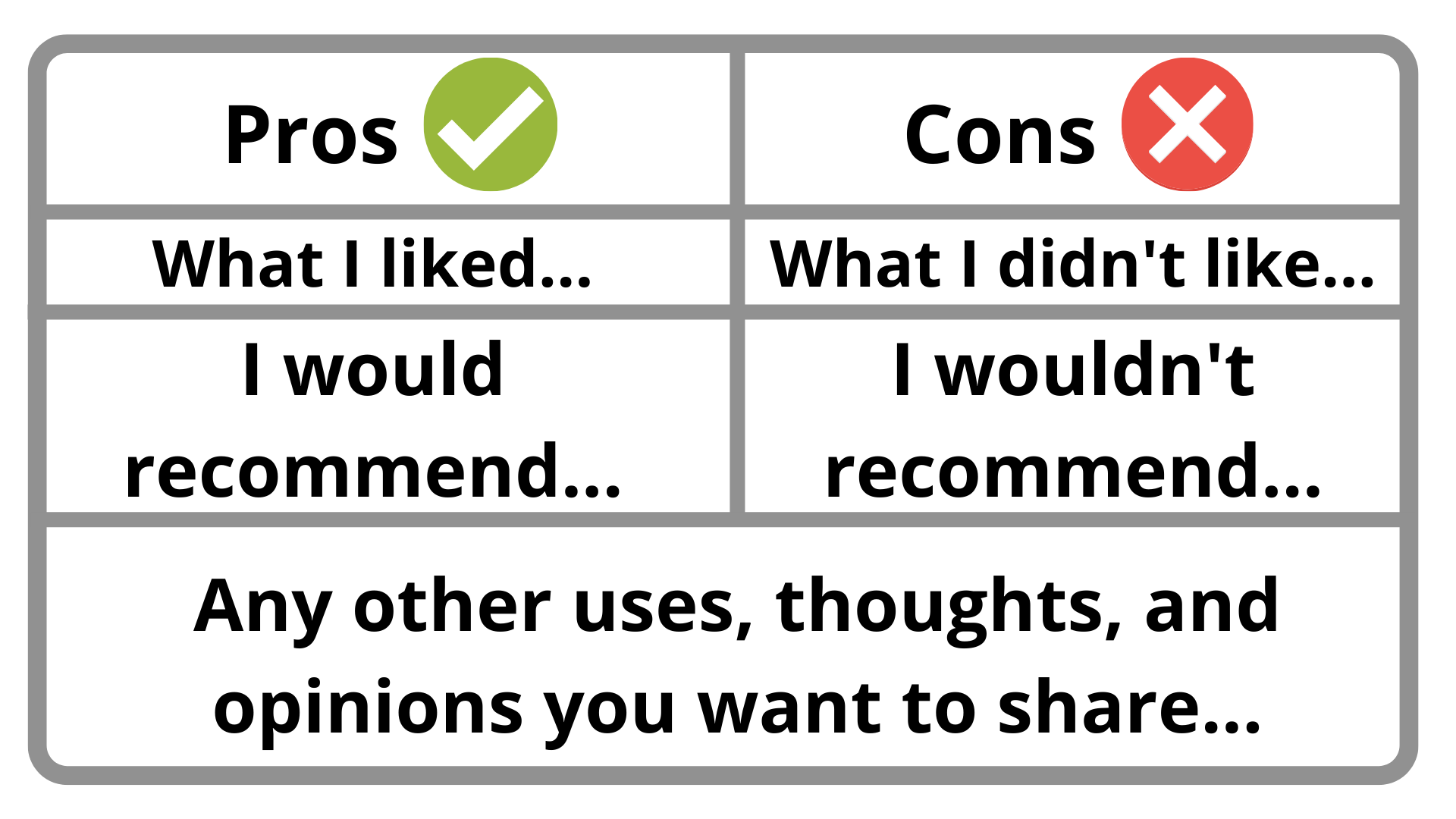How Can Your Website Content Appeal to Readers?
Whether they’ll admit it or not, everyone with a website wants to maximize the traffic that it receives. This may be many people’s goal, but the task of achieving this and boosting traffic to your site might not be easy to figure out, either. Luckily, the solution to the issue of increasing site traffic is quite straightforward once you understand what you need to do: focus on the type of content you output on your site!
The type of content you release on your site can have a big impact on the appeal of your site to visitors. That’s why it’s key to be mindful of what and how you write your content. Does your content feel inspired, original, and like it has an important point to make to its readers? Is it what your visitors have come to your site for, and does it attract the genuine interest of site visitors new and old? These questions, and more, are all questions that you should be asking yourself both before, during, and after you’ve written content for your site, to make sure your content still appeals to and ultimately boosts the traffic your site receives.
This guide is aimed mostly at written content-based websites and blogs, so if your site works on a similar but still somewhat different basis, or if your site features some similarities in its content but also deviations, continue to read through this guide but be sure to alter what’s brought up to best suit you and your site’s individual needs!
In this article, we’ll be talking about:
1. Short Blog Posts
The bread and butter of any site is posting blog posts! From their general appeal to the flexibility with which you can write them, blog posts are the go-to type of content that sites produce to appeal to their visitors. It’s no surprise, then, that over 600 million blogs are in existence! To populate all these blogs with content, short blog posts can cover anything from the launching of a new service being offered by a site, or an effective fix to a technical problem that the site’s staff is often asked about, to a guide on how to improve common habits when operating businesses, and anything else in between!
The beauty of blog posts, and particularly short blog posts, is that they achieve lots of goals that sites have, with very few to no drawbacks. Short blog posts can be written relatively quickly and efficiently in succession thanks to their length. By publishing short blog posts often, sites can demonstrate to visitors that they’re active which receives updates to its content. In a similar vein, short blog posts serve as a new piece of content put out on a site to attract readers new and old to the site. Maybe publishing purely short blog posts would become a bit repetitive to your site visitors after a while, so throw in some different forms of content (that I’ll be talking about soon!) to keep things fresh. Otherwise, never shy away from short blog posts as an excellent all-around choice for site content.
2. Long Blog Posts
Long blog posts are exactly what they sound like: blog posts, but longer. Typically, any blog post over 2000 words falls into this category, and a blog post of this length can take a variety of forms. Tutorials, listicles (list articles), advice sharing, how-to guides, and more all fall into the category of being a long blog post. Long blog posts offer readers and site visitors a better look into your site expertise, especially if the content within your blog post is informational and shares insights that readers wouldn’t easily find elsewhere.
The advantages of creating long blog posts are quite notable. Firstly, by creating more content thanks to writing longer blog posts, you build up a large amount of content you can repurpose, build upon, or find inspiration from in the future to create more content for your site. For example, you could take an interesting topic that you brought up in a long blog post from a year ago and expand upon it in a new blog post focused just on it, or even try a new format like a video to go more in-depth into the topic. As long as you have some creativity, long blog posts can help you find content to write about for months and even years to come.
3. How-To Guides
The best feeling for any potential site reader is to look up a how-to guide for something and be rewarded with quality, detailed results that not only help them solve the immediate problem or question they were looking for a solution for, but also provide them a wealth of other relevant knowledge that they can put to use. This could be your site with readers looking to find how-to guides that answer their burning questions. Populate your site with the solutions to people’s problems, and people will naturally arrive on your site in search of the answers you provide them.
Not sure where to find ideas? Think about common problems that people leave in forums, question boards, your comments, inbox, direct messages, or anywhere else where your potential site visitors express clear needs for guides on how to complete certain tasks. Look for problems that are frequently asked but might not have clearly-defined or easily accessed answers, and step up to fill this gap by writing a how-to guide addressing this problem. This way, you’ll earn yourself the appreciation of your readers, and your site can come to establish itself as a great place to find answers to problems that people encounter.
4. Facts and Statistics
While facts and statistics may sound a bit bland on the surface, they’re in actuality very strong pieces of evidence to convince people about the credibility of statements you make and advice that you give. Facts and statistics relevant to your site’s content can easily be found from many credible sources online, and can make the difference between your readers believing and disbelieving what you’re informing them of.
For example, if you run a business that helps people improve their website’s design to be more appealing towards readers, why not make a short blog post about different statistics that show websites with appealing designs overall perform better? Look for credible sources with research that shows presentable professional-looking websites attract more traffic, satisfy the short attention spans of website visitors, and bring in more return visitors when compared to amateur-looking websites. These facts and statistics would prove to your readers the importance of the services you offer, which would make them more willing to come to you for your services.
Keep in mind your credibility and quality of content as a writer when writing articles that fall into the category of informing others about different topics. Google’s search engine sorts out content based on quality ratings, which determines your search rankings in its results. Criteria like proper grammar, reliable sources linked from the page through external links, an absence of spam or other low-quality content, and a relatively larger amount of informative content are all criteria for a site to be regarded as high quality by the search engine, and thus worthy of a high search ranking. Aim to fulfill these criteria, and to produce overall high quality informative content, to make sure the Google search result algorithm gives your content the recognition it deserves!
5. Find and Expand On Research
Leading in from our previous section about facts and statistics, you can find inspiration for your site content from the same places you’d find yourself on to support your site’s content. Any credible sources of facts, statistics, statements, and anything else out there that would normally be boring for readers to consume can be made intriguing and unique with your input.
Continuing our example from the last section, let’s say you find a lengthy piece of research detailing how professional-looking websites retained their visitors’ attention and made them click through more pages around the site when compared to a more amateur-looking website. While this may be boring for typical website readers, this can be a great basis for an interesting article you release on your site. Pick out key pieces of the research’s results, highlight meaningful findings, and discuss your perspective of what the research means to you. This lets you share with your readers the informative nature of the research while making it approachable and easy to understand. Not only do you demonstrate your ability to read and interpret research that some of your readers might not be able to, but you can also show your knowledge of relevant fields that you cover on your topic, to establish yourself as a credible source of information that readers new and old can always revisit.
6. Listicles
Listicles, or list articles, are exactly what they sound like: they’re an article written to list out content to readers. This form of content is widely popular and easily used regardless of the type of content an article is covering, meaning you can find the listicle format of content applied to anything from appliance ratings to website recommendations. In fact, this article you’re reading right now can be considered a listicle too!
Listicles offer the advantage of appealing to people’s relatively short attention spans when browsing and reading content online. The inherent format of listicles makes them very easy for readers to skim through yet, thanks to their segmented and self-contained sections, still be able to understand exactly what the content is talking about. This means that impatient or easily-sidetracked readers can scroll through and stop anywhere in your content, but still find interesting information or value by reading through what you’ve written. Additionally, listicles are an easy way for readers to be introduced to and learn about a large amount of varied information in a single piece of content that’s organized in a neat and straightforward format.
It’s important to note that while lists are popular pieces of content for sites to feature, these listicles should also be of high quality to rank well in Google search results. If a list covers a unique topic, features specific information, and is written with expertise and attention to detail like proper spelling and grammar, chances are that it’ll be ranked higher by Google compared to another article that doesn’t feature these important aspects. Listicles that don’t feature these aspects are often categorized by Google as “low quality”, and are ranked very low in search results because of this.
7. Share Tips With Your Readers
Regardless of what you’re trying to do, learn, or accomplish, everyone needs tips from those with experience and expertise sometimes. 77% of internet users browse blogs regularly, and it’s not far-fetched to assume that a good portion of these users are seeking tips and knowledge that might be beyond the scope of themselves. This is where you can come in with your own experiences and knowledge to help out those who would be able to put your tips to use. In the process of gaining the expertise or knowledge that you use to create content for your site with, you would’ve gained a lot of firsthand knowledge that your readers wouldn’t have easy access to or wouldn’t widely know about. Writing an article that shares tips also gives you a lot of flexibility in what you want to cover: you can target a broader topic, such as how someone can successfully start a website, or you can target a more specific and niche topic, such as what someone should think about when choosing their site’s domain name.
By sharing tips and any anecdotally related experiences or pieces of knowledge you might have, you can boost and solidify your credibility as a source of information that readers can come to rely on for their questions and needs in the fields you demonstrate you know about. When you establish a reputation of having unique and helpful knowledge under your belt, readers new and old will be more inclined to visit and/or return to your site for what you have to offer!
8. Explanation Articles
Writing explanation articles are great for when you want to give reasonings for suggestions you’d like to share with your site readers, or if you want to explain a more complex, technical topic to your readers that they might not otherwise fully understand. Just like how tips can be given about anything from broad topics to specific issues, the same can be done when you’re explaining topics to your readers. How does something work? What are you supposed to do if a specific case happens? Explanation posts are the place to share this sort of knowledge with your readers.
Writing articles that explain concepts, methods, and reasonings to readers always adds to you and your site’s credibility. They can also convince readers of the importance that they continue looking to your site for the explanations they wonder about, because of you having established yourself to be a trustworthy and helpful source of information that can teach them both broadly-applicable and niche concepts.
9. Review Services, Systems, Products, and More
Review articles feature you as a reviewer of a relevant service, system, product, or anything else that’d be relevant to the topics your site covers. You share your opinions and thoughts about the particular thing you’re reviewing with your readers, giving them a detailed look at aspects such as pros and cons, what you liked and didn’t like, what uses you would and wouldn’t recommend, and more.
When writing review articles, you can apply your knowledge and experience in relevant fields to supplement your review with additional information that deepens your readers’ understanding of what you’re informing them about, which can further contribute to readers coming to see you as a reliable source of information they can continue to use and return to in the future. Additionally, writing reviews about products can be more impactful than you might think: 61% of US online shoppers make purchases after getting recommendations from blog posts, and 47% of online shoppers go through 3 to 5 blog posts before deciding on a purchase. Articles naturally have credibility and persuasive qualities in the minds of consumers, so keep this in mind when creating content for your site.
10. Share Advice
Advice articles are articles in which you focus on specific situations that your readers might encounter, and how you’d advise them to best go about resolving them or proceeding through them. For example, let’s say your site’s content releases content that advises people about how to best run their website. Advice that you give could answer questions such as, when a site encounters a problem in its ability to output content, what should that site do? As another example, what should a site do when they see their traffic starting to noticeably grow? Think of and find potential issues that would be relevant to your site’s content which you can provide answers and advise to.
By offering advice to you readers, you continue to establish yourself as a reputable and helpful resource for your readers, which can earn you more traffic through organic means such as better site visitor retention rate, recommendations for your site from pleased visitors, and more. Producing quality content that helps people may be a straightforward task for you depending on the sort of content your site covers, but for the people you help, this is knowledge they would struggle to find elsewhere.
Closing Thoughts
While your aim may be to boost your site’s traffic, it doesn’t mean you can’t offer real help and knowledge to people who need them. After looking through the examples I’ve brought up here, you’ll see that successfully growing your site to have an audience that comes and stays for what you put out can be achieved by putting out meaningful content that both teaches and interests readers. Establishing yourself as a dependable source of information with your content can really make the difference between readers coming for or leaving your site.
Of course, succeeding as a site that produces content doesn’t just involve the variety of content you can create for your site. When creating content for your site, there are also a range of other factors you should consider if you want your site’s content to be truly successful. Not exactly running a content-based website? Think about what’s been discussed in this article, and apply their ideas to the types of content or activities that you do for your site and/or business. Get creative to make these concepts relate to and be useful for your own online presence!
What if you want to create a website to follow all these tips with, but don’t know where to get started? To answer this dilemma, I’d recommend you try creating websites with services that simplify and streamline the process of creating a website. Better yet, some services allow complete beginners to construct presentable and professional-looking websites, absolutely free. In particular, I’d recommend anyone without extensive website creation experience to give the Website.com Site Builder a try. It offers a convenient in-browser experience that gives you a great range of customizability while still keeping its functions straightforward and easy to adapt to. If you’re looking for a way to give you and your online presence a strong start with a quality website, this is the service that I’d suggest you try!




